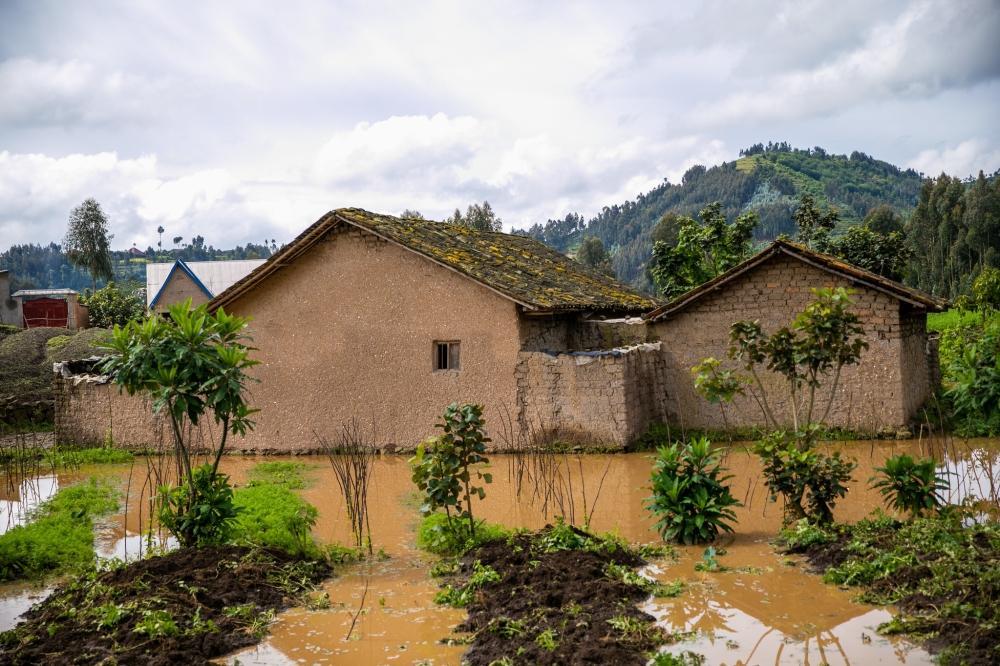Africa-Press – Rwanda. The government has a target to improve the accuracy of its weather forecasts from the current 79 per cent to 83 per cent by 2029, according to Rwanda Meteorology Agency (Meteo Rwanda).
Hervé Murenzi, data quality control specialist at Meteo Rwanda, told The New Times that a range of measures are being implemented to enhance forecast precision.
“Forecast accuracy varies depending on the timescale. For 10-day forecasts, accuracy is around 83 per cent, monthly forecasts are at 81 per cent, and seasonal forecasts, which typically span three to four months, are at about 78 per cent.”
“Our goal is to raise the overall average to 83 per cent from 80 per cent, which would mean improvements across all timescales,” he added.
First upper-air weather balloon
One major step toward this goal is the introduction of the first upper-air weather balloon, set to be launched in Huye District in the Southern Province by the end of this year.
The balloon will be capable of observing the vertical profile of the atmosphere up to 40 kilometres, measuring key parameters like pressure, wind, and temperature.
“We’ll be measuring pressure, wind, and temperature across all profiles by combining data from ground-based instruments, satellites, and upper-air weather balloons,” he explained.
“Apart from the observation, we’ll be looking at the capacity building of our staff. As we invest in acquiring the right equipment, we also train our staff to operate them as well as in data analysis,” he added.
Station upgrades, expansion
Over the past two years, 48 manual weather stations have been upgraded to automatic systems. By the end of this year, 16 new stations will be added—10 under the Vision for Climate Resilient Precincts (VCRP) programme.
There are other four weather stations which will be established in Huye, and one in each in district of Karongi, Ngoma, and Nyagatare. Two more stations are under consideration for research purposes and will later contribute to regular forecasting.
Currently, Rwanda operates 361 observation systems, including five synoptic stations, nine agrometeorological stations, 107 automatic weather stations, several community-based volunteer sites, 18 partner-run stations, one weather radar, and two satellite receivers.
“We’re also looking to expand the number of meteorological parameters each station captures. For instance, a station may currently track only rainfall and temperature, but adding wind speed, pressure, and humidity readings would greatly improve data accuracy,” Murenzi added.
He added that the government is working to improve weather coverage by reducing the distance between meteorological stations to around 5–6 kilometres, down from the current 7–10 kilometres.
“Due to the country’s mountainous terrain and high variability in rainfall, more stations are needed to ensure accurate data. Plans are underway to install additional stations through various projects, as well as to add a second weather radar for better coverage.”
Radar coverage expansion
At present, Rwanda has a single weather radar located in Bugesera District, which covers mainly the eastern part of the country. Plans are underway to install a second radar in the Volcanoes region to ensure full national coverage.
“This new radar will complement the existing system and help us better monitor the weather in the mountainous northern regions,” he noted.
Integrating artificial intelligence
Meteo Rwanda is also exploring the integration of artificial intelligence (AI) into both data observation and forecast modelling.
“AI will help us identify gaps in observation and fine-tune our forecast outputs based on actual outcomes. It will also enhance decision-making by allowing users to interpret weather data more effectively and quickly,” Murenzi said.
Murenzi emphasised that AI tools will serve as valuable assistants in improving forecast reliability and usability.
For More News And Analysis About Rwanda Follow Africa-Press






